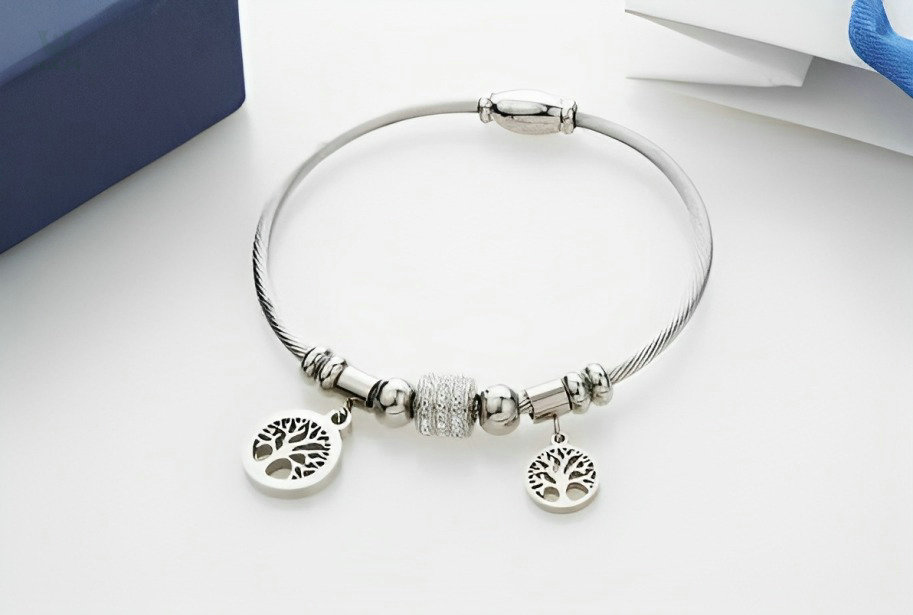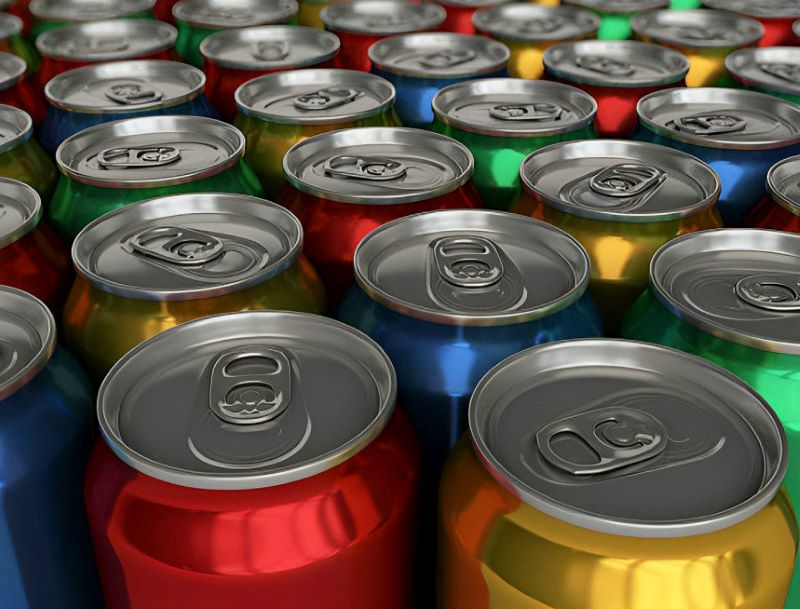Aluminum, the lightweight metallic element, seems to be the most common and unassuming presence in our lives. It is a central element in everything from cooking pots and beverage cans to high-tech products such as cell phones and electric cars. But what about the activity of aluminum? Is it susceptible to corrosion? How can we utilize this activity?
How is the activity of aluminum?
Aluminum is a lightweight, metallic element with good thermal and electrical conductivity and is chemically a transition metal. Aluminum’s activity is manifested mainly in its chemical reactivity. When aluminum reacts with oxygen in the air, a dense film of aluminum oxide forms on its surface, which protects the aluminum inside from further oxidation. However, this does not mean that aluminum is completely immune to corrosion. Under certain conditions, such as in environments containing carbon dioxide or other corrosive gases, aluminum may corrode.
Electrochemically, aluminum is moderately active. In standard potentials, aluminum is in the middle range of metal activity. This means that aluminum can react electrochemically with many other metals and elements. For example, aluminum can electrochemically corrode with metals such as copper and iron, resulting in the formation of aluminum oxides on the surfaces of these metals.
Additionally, aluminum is very machinable and ductile, which makes it the material of choice for the manufacture of many industrial and consumer products. For example, aluminum beverage cans, automobile bodies, and electronic device housings are all attributed to these properties of aluminum.
Overall, aluminum’s activity makes it excellent for many applications, but it also requires due consideration of its corrosion resistance and compatibility with other materials.

property and activity of aluminum
Understanding the properties and activity of aluminum is essential to understanding its wide range of applications in various industries. The following are the major properties of aluminum:
- Aluminum has excellent corrosion resistance because a dense oxide film forms in air. This film prevents further oxidation and corrosion and protects the stability of the aluminum itself.
- This oxide film is also the reason why the surface of aluminum exhibits a high degree of oxidation resistance, and it maintains its appearance and properties even in humid or acidic environments.
- Aluminum is a lightweight metal with low density, yet it offers excellent strength and rigidity. This makes aluminum widely used in areas such as aerospace and automotive manufacturing, where it can reduce weight and increase structural strength.
- Aluminum also has good thermal and electrical conductivity, making it ideal for the manufacture of electronic devices and heat sinks.
- Aluminum is easy to machine and form, and can be extruded, rolled or cast into a variety of shapes and sizes without losing its strength and stability.
- This malleability means that aluminum can be used in complex designs and production processes to meet the specific material requirements of different industries.
- Aluminum is a recyclable metal. Recycling aluminum saves energy and resources and reduces the impact on the environment.
- Aluminum’s sustainability makes it an important contributor to environmental protection and sustainable development, and is potentially valuable for renewable energy and green technology applications.
Taken together, aluminum’s activity and properties make it the material of choice for a wide range of industries, and its excellent corrosion resistance, lightweight and high strength, good thermal and electrical conductivity, ease of processing, and sustainability provide a solid support for growth and innovation across a wide range of industries.
application of aluminum
- Aerospace: Aluminum alloys are used in a wide range of aerospace applications, such as the manufacture of aircraft wings, fuselages and other components. Their lightweight and high strength properties help reduce aircraft weight, improve fuel efficiency and maintain structural stability. In high altitude, high temperature and high humidity environments, aluminum's corrosion resistance makes it one of the preferred materials.
- Construction and building materials sector: Active corrosion resistance: Aluminum's corrosion resistance makes it a commonly used material in construction, such as window and door frames, exterior siding and roofing materials. At the same time, its active corrosion resistance facilitates construction and installation.
- Automotive Industry: Lightweight reactive and high strength: aluminum alloys are used in the manufacture of automotive components such as engine parts, body structures and wheels to reduce vehicle weight and improve fuel efficiency and performance.
- Electronics Manufacturing: Superior Thermal and Electrical Conductivity : Aluminum's thermal and electrical conductivity makes it a great heat sink and enclosure material for electronic devices, helping to dissipate heat and protect internal circuitry.
- Packaging Industry: Aluminum foil is commonly used in food packaging and has excellent antioxidant and humidity retention properties, which effectively extends the shelf life of food products.
- Activity of aluminum alloys are widely used in the manufacture of medical equipment, such as surgical tools and medical devices, and are popular for their non-toxic, corrosion-resistant properties.
- Renewable Energy: Activity of Aluminum is used in the solar and wind energy industries to manufacture solar panels and wind turbines, and is advantageous for its lightweight and corrosion resistant properties.
- Transportation and Ships: Activity of Aluminum alloys' lightweight and high-strength properties are widely used in the manufacture of automobiles, trains, and ships, helping to reduce the dead weight of transportation vehicles and improve carrying capacity and fuel efficiency.
Aluminum is used in many fields as an active, versatile, and adaptable material and continues to drive advances in technology and innovation.
conclusion
Among the wide range of applications and remarkable properties of aluminum, we witness the remarkable role of its activity in various industries. Aluminum has become the material of choice in many fields due to its lightweight and high strength, corrosion resistance, and thermal and electrical conductivity. Its active corrosion-resistant properties play a key role in aerospace, construction, automotive manufacturing, and other fields, fueling technological advancement and innovation.
Looking ahead, aluminum will continue to play a role in sustainable, environmentally friendly and emerging technologies. As technology continues to advance, activity of aluminum will be explored and applied in renewable energy, medical technology and a wider range of innovative fields, bringing more surprises and progress to human society.
Versatility and activity of aluminum make it a core element in today’s industry and offer unlimited possibilities for future technology and development. Activity of aluminum leads the world towards a more sustainable and innovative direction.







